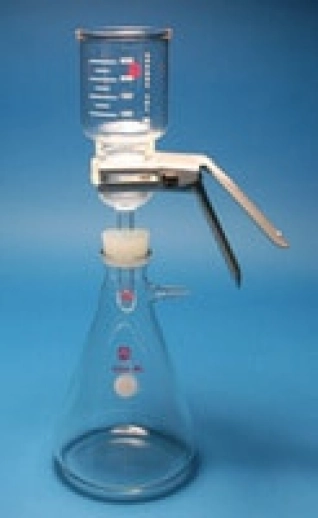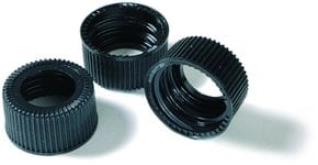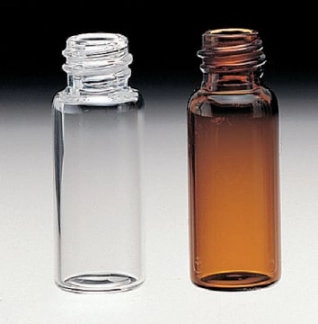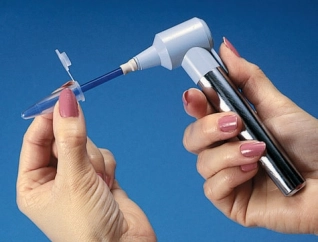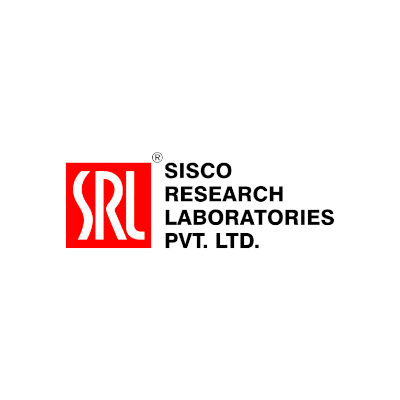{{ isErrorSetToBasket === false ? 'Товар добавлен вкорзину' : 'Не удалось добавить товар в корзину'}}
Перейти в корзину
{{Object.keys(error)[0]}}:
{{Object.values(error)[0]}}
METHYL-B-CYCLODEXTRIN CELL CULTURE
Кат. №: C4555-10G
Цена По запросу
Количество
Вы уже добавили максимально доступное на складе кол-во товара
Достигнуто максимально доступное кол-во
Под заказ
{{!!storageProduct ? 'На складе' : 'Под заказ'}}
Ожидается поставка
Description_x000D_
General description_x000D_
Cyclodextrins are cyclic oligosaccharides consisting of 6, 7, or 8 glucopyranose units, usually referred to as α-, β-, or γ-cyclodextrins, respectively. These compounds have rigid doughnut-shaped structures making them natural complexing agents. The unique structures of these compounds owe their stability to intramolecular hydrogen bonding between the C2- and C3-hydroxyl groups of neighboring glucopyranose units. The molecule takes on the shape of a torus with the C2- and C3-hydroxyls located around the larger opening and the more reactive C6-hydroxyl aligned around the smaller opening. The arrangement of C6-hydroxyls opposite the hydrogen bonded C2- and C3-hydroxyls forces the oxygen bonds into close proximity within the cavity, leading to an electron rich, hydrophobic interior. The size of this hydrophobic cavity is a function of the number of glucopyranose units forming the cyclodextrin._x000D_
The solubility of natural cyclodextrins is very poor. In the late 1960’s, it was discovered that chemical substitutions at the 2, 3, and 6 hydroxyl sites would greatly increase solubility. Most chemically modified cyclodextrins are able to achieve a 50% (w/v) concentration in water._x000D_
Cavity size is the major determinant as to which cyclodextrin is used in complexation. The cavity diameter of β-cyclodextrins or β-glucopyranose unit compounds is well-suited for use with molecules the size of hormones, vitamins and many compounds frequently used in tissue and cell culture applications. For this reason, β-cyclodextrin is most commonly used as a complexing agent._x000D_
Methyl-β-cyclodextrin is a heptasaccharide, soluble in water, and has more affinity to cholesterol due to the presence of hydrophobic core._x000D_
Application_x000D_
Methyl-β-cyclodextrin has been used:_x000D_
• to study the effect of cholesterol depletion, from sperm membrane on sperm’s ability to undergo acrosome reaction._x000D_
• to determine the effect of caveolin overexpression and its loss on pro-survival and pro-growth signaling_x000D_
• in conventional in vitro fertilization_x000D_
Packaging_x000D_
1, 5, 10 g in poly bottle_x000D_
Biochem/physiol Actions_x000D_
Methyl-β-cyclodextrin (MβCD) is commonly applicable as an inhibitor and modifies cholesterol domains on the cellular surface. It causes depletion of cholesterol on the membrane. It is also known to prevent the action of cholera toxin, nitric oxide (NO) synthase and glucose transporter through internalization. This is observed in specific to lipid rafts and caveolae endocytosis. MβCD induces eflux as well as influx of cholesterol. It can affect cell viability as the genes regulating cholesterol levels are upregulated, due to decreased cholesterol level by the action of MβCD._x000D_
Reconstitution_x000D_
Solutions may be obtained by stirring 30 min at room temperature. Alternatively, sonication with cooling may be employed. Solutions may be stored for several months at 4°C. Solid should be stored tightly sealed at room temperature.
- Related Categories Cell Biology, Cell Culture, Cell Signaling and Neuroscience, Chelation/Complexation Compounds, Chemical Synthesis, Cyclodextrins, Reagents and Supplements, Signal Transduction Research Tools, Solubilizing Agents, Synthetic ReagentsMore... Quality Level




